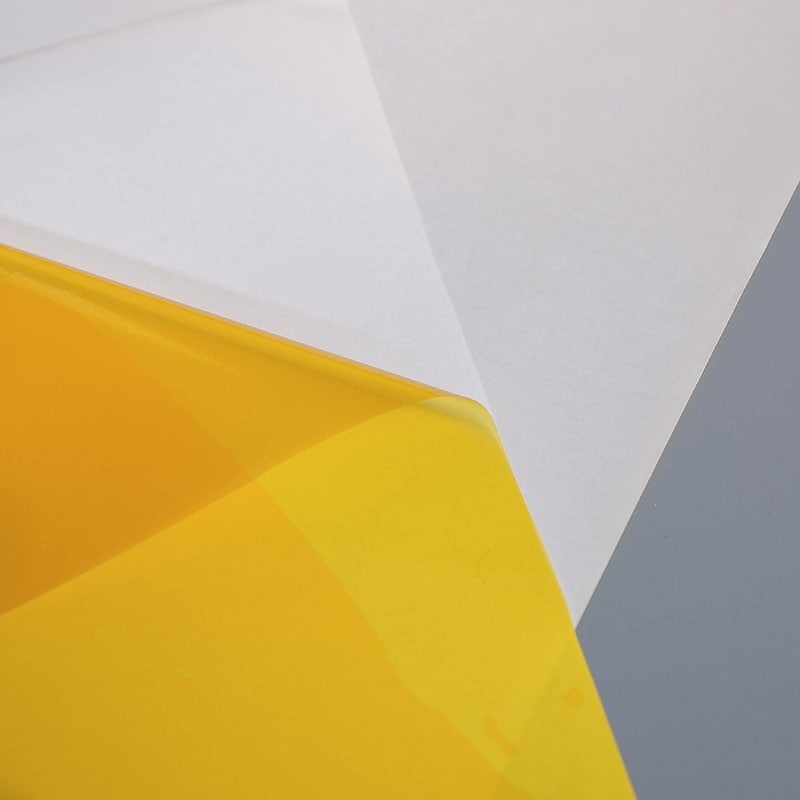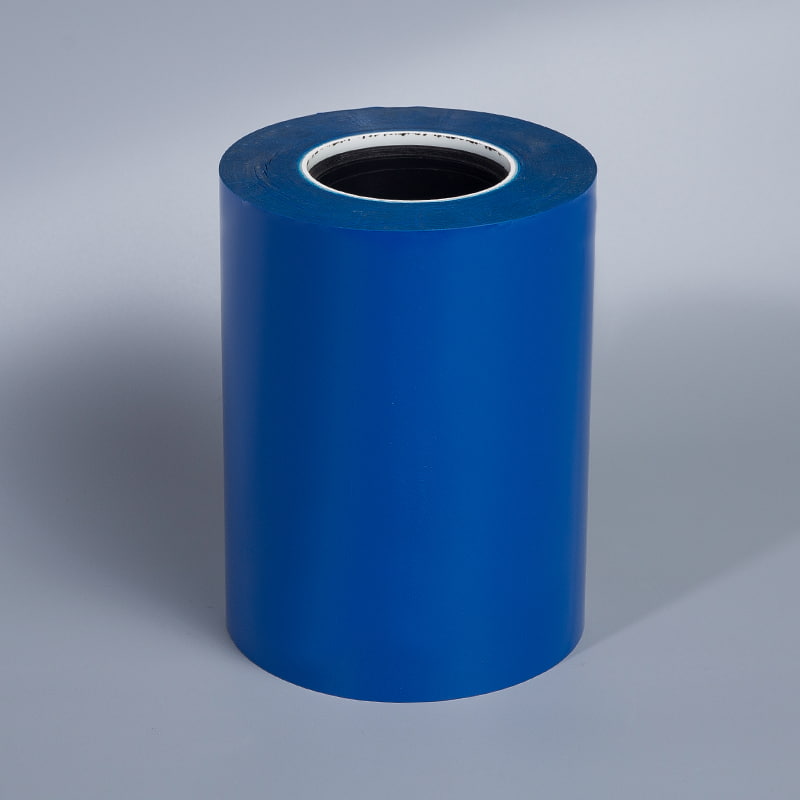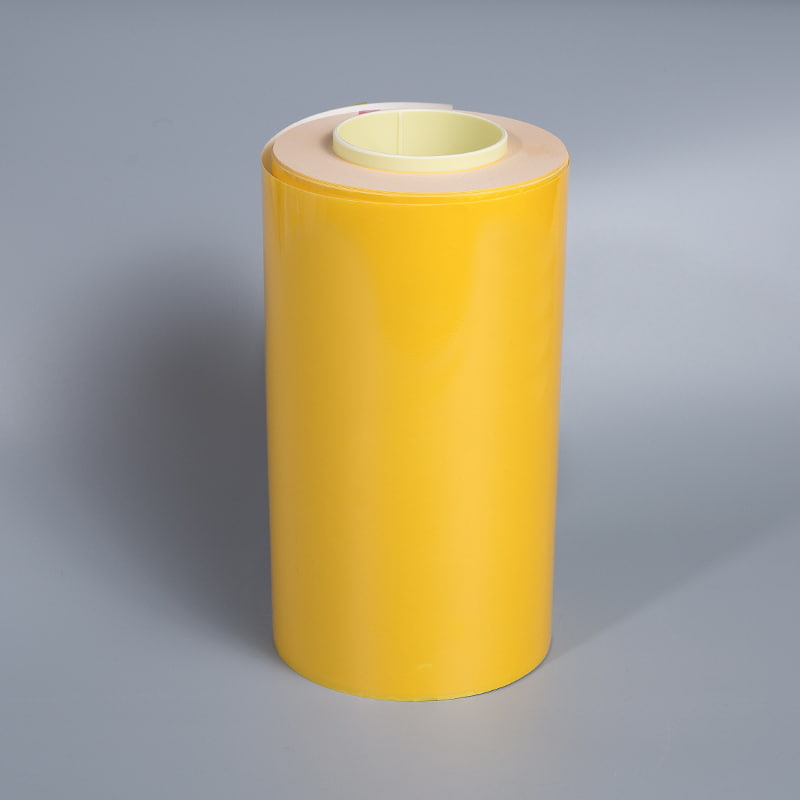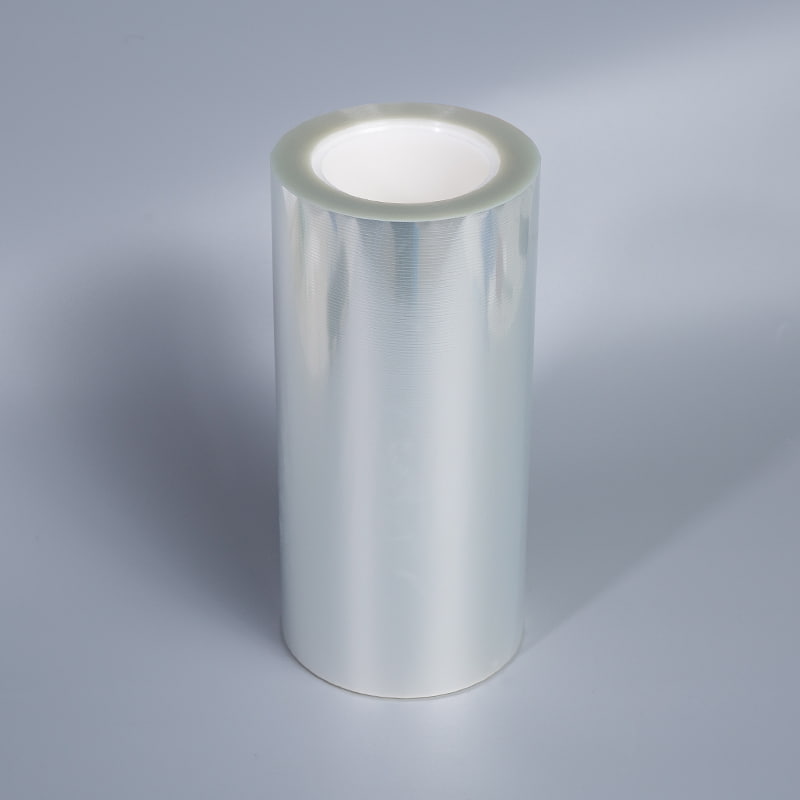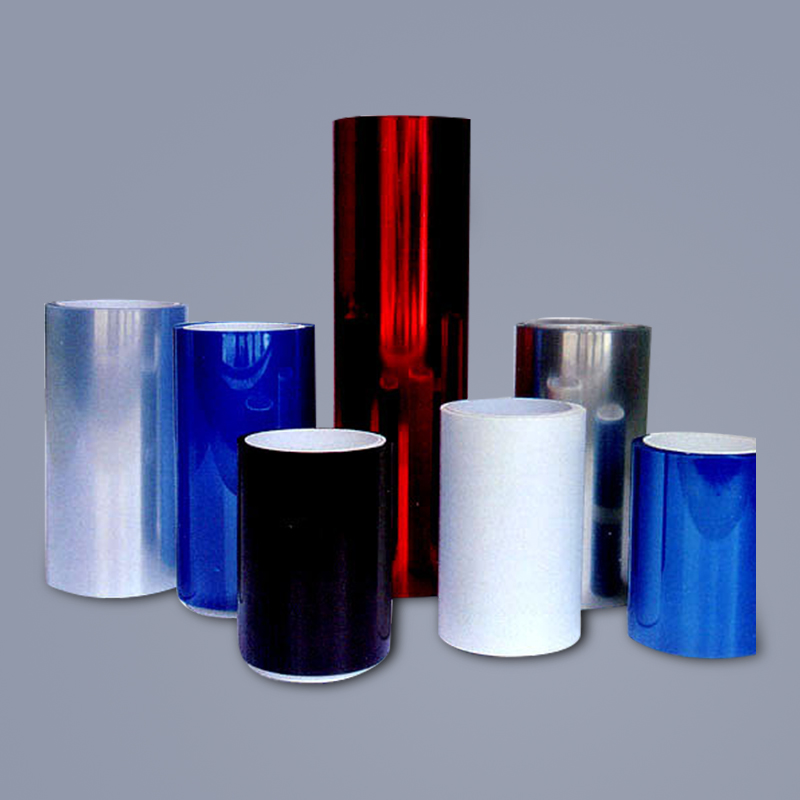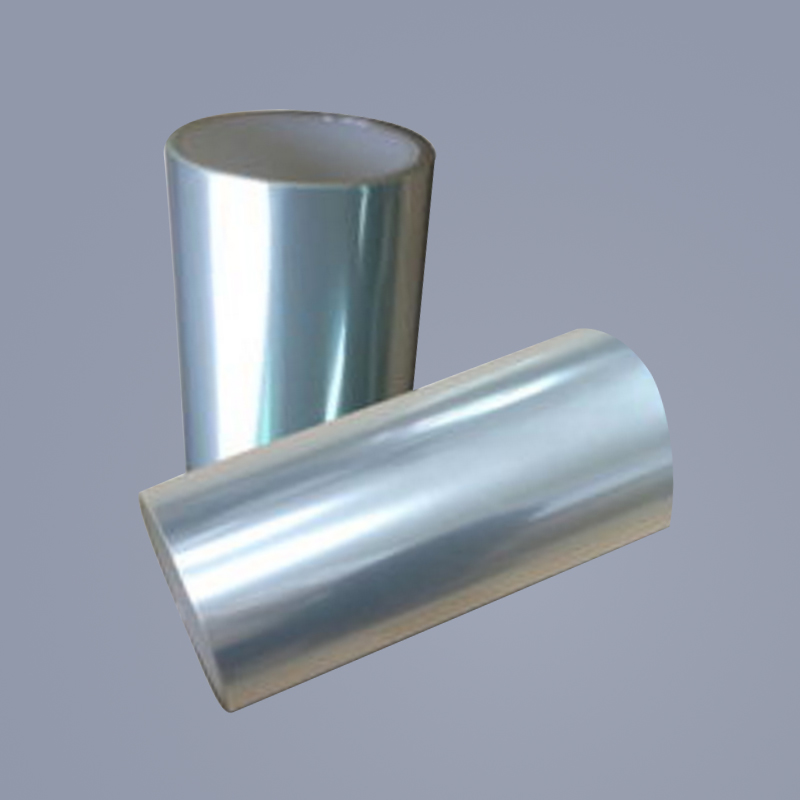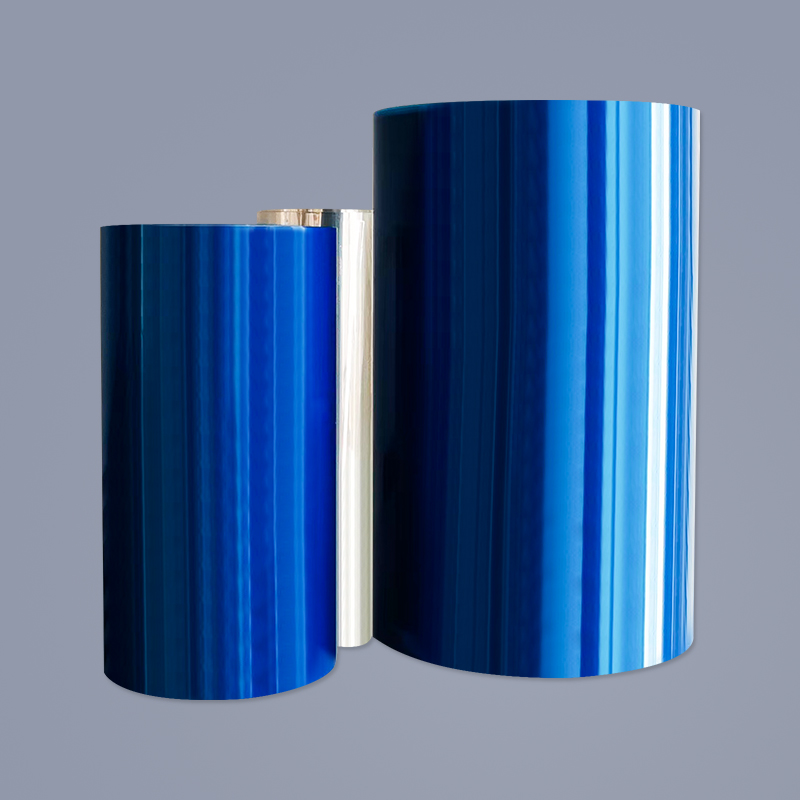- 1 Understanding PET Release Printed Films and Their Industrial Significance
- 2 Best PET release films for industrial labeling: Key Performance Factors
- 3 Advantages of printed PET liner films for adhesive applications
- 4 Custom printed PET release liners for specialty applications: Design Considerations
- 5 Comparing PET vs PE release films for digital printing
- 6 Innovations in high-temperature PET release films with printing
Understanding PET Release Printed Films and Their Industrial Significance
PET release printed films represent a specialized category of engineered materials that combine the durability of polyethylene terephthalate with customized release properties. These films serve critical functions across multiple industries where controlled adhesion and precise printing are required. The PET release printed films for flexible packaging segment has seen particular growth due to increasing demand for high-performance packaging solutions.
Core Composition and Manufacturing Process
The production of PET release printed films involves sophisticated coating technologies that apply release agents to specially treated PET substrates. Unlike standard PET films, these materials undergo additional processing steps:
- Surface treatment (corona or plasma) to enhance coating adhesion
- Precision application of silicone or non-silicone release agents
- Controlled curing processes to establish consistent release characteristics
- High-resolution printing for branding or functional markings
- Quality verification through standardized release force testing
Best PET release films for industrial labeling: Key Performance Factors
When selecting PET release films for industrial labeling applications, several technical parameters demand careful consideration. These factors directly impact production efficiency and end-use performance.
Critical Selection Criteria
The table below compares essential characteristics for different industrial labeling scenarios:
| Parameter | Light-Duty Applications | Heavy-Duty Applications |
|---|---|---|
| Release Force (g/inch) | 20-50 | 50-120 |
| Film Thickness (microns) | 25-50 | 75-125 |
| Tensile Strength (MPa) | 150-200 | 200-300 |
| Temperature Resistance (°C) | Up to 120 | Up to 180 |
Surface Energy Considerations
The surface energy of PET release printed films significantly influences their performance in labeling systems. Films with surface energy between 36-42 dynes/cm typically provide optimal balance between reliable release and adequate anchorage for printing inks. Lower surface energy values may compromise print quality, while higher values can affect release consistency.
Advantages of printed PET liner films for adhesive applications
Printed PET liner films have become indispensable in adhesive tape and label manufacturing due to their superior performance characteristics compared to traditional paper liners or unprinted films.
Technical Superiority Over Alternative Materials
The inherent properties of PET films provide multiple advantages:
- Dimensional stability across humidity variations (0.1-0.3% dimensional change vs 1-2% for paper liners)
- Consistent release performance through multiple adhesive transfer cycles
- Enhanced resistance to adhesive migration and silicone penetration
- Superior smoothness (surface roughness <0.1μm vs 2-5μm for paper liners)
- Excellent dielectric properties for electronic applications
Printing Technology Compatibility
Modern printed PET liner films support various printing modalities, each offering distinct benefits for adhesive applications:
- Flexographic printing: Cost-effective for medium-volume runs with good color consistency
- Gravure printing: Delivers superior image quality and fine detail reproduction
- Digital printing: Enables variable data printing and short-run customization
- Screen printing: Provides exceptional ink deposition for specialized applications
Custom printed PET release liners for specialty applications: Design Considerations
The development of custom printed PET release liners requires careful attention to both functional and aesthetic parameters to meet specialized application requirements.
Material Engineering Parameters
Specialty applications often demand tailored solutions in these areas:
- Controlled release profiles (differential release across the web)
- Barrier properties (moisture, oxygen, or UV protection)
- Antistatic or conductive properties for electronic components
- Thermal stability for high-temperature processing
- Optical characteristics (clarity, haze, or light transmission)
Printing and Conversion Requirements
The customization process must account for several technical factors:
- Registration accuracy for multi-layer printing (±0.1mm tolerance)
- Ink adhesion requirements (cross-hatch adhesion >90%)
- Post-printing processing (lamination, die-cutting, or embossing)
- Compatibility with downstream converting equipment
- Regulatory compliance for specific industries (food contact, medical, etc.)
Comparing PET vs PE release films for digital printing
The choice between PET and PE release films for digital printing applications involves careful evaluation of material properties and process requirements.
Material Property Comparison
The fundamental differences between these polymer films affect their printing and performance characteristics:
| Property | PET Release Films | PE Release Films |
|---|---|---|
| Tensile Modulus (GPa) | 2.8-4.1 | 0.2-0.8 |
| Maximum Continuous Use Temperature (°C) | 150 | 80 |
| Moisture Vapor Transmission Rate (g/m²/day) | 15-25 | 10-20 |
| Dimensional Stability | Excellent | Good |
| Digital Print Resolution | Up to 2400 dpi | Up to 1200 dpi |
Application-Specific Recommendations
The optimal film selection depends on specific digital printing requirements:
- PET films are preferable for high-temperature processes and precision applications
- PE films offer better conformability for uneven surfaces
- PET provides superior ink adhesion for solvent-based digital inks
- PE films are more cost-effective for large-format printing applications
- PET demonstrates better performance in multi-pass printing systems
Innovations in high-temperature PET release films with printing
The development of high-temperature resistant PET release films with printing capabilities has opened new possibilities for demanding industrial applications.
Advanced Material Formulations
Recent breakthroughs in polymer science have yielded films capable of withstanding extreme conditions:
- Thermally stabilized PET formulations (continuous service up to 200°C)
- Hybrid silicone/non-silicone release systems for elevated temperatures
- Nanocomposite coatings for improved thermal conductivity
- Ceramic-filled PET films for exceptional thermal stability
- Cross-linked polymer networks for dimensional stability under thermal cycling
High-Temp Printing Technology Compatibility
Specialized printing technologies have been adapted for high-temperature PET release films:
- Thermal transfer printing with high-melt inks
- UV-curable inkjet systems with enhanced adhesion
- Laser marking and engraving techniques
- Electron beam curing for radiation-resistant markings
- Ceramic-based decorative printing


